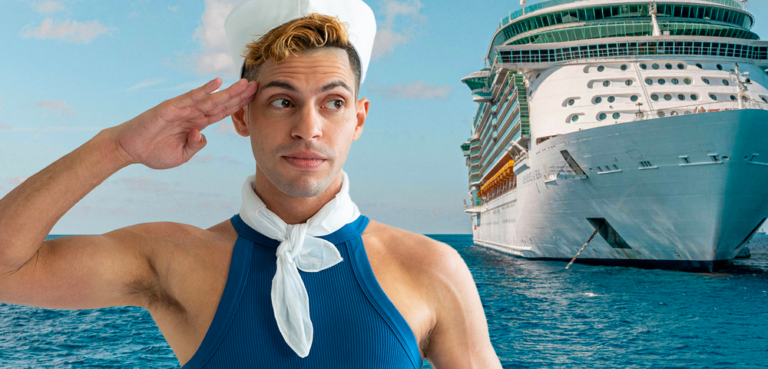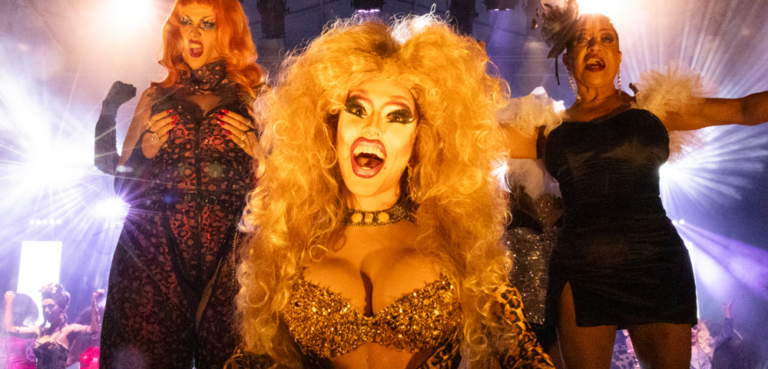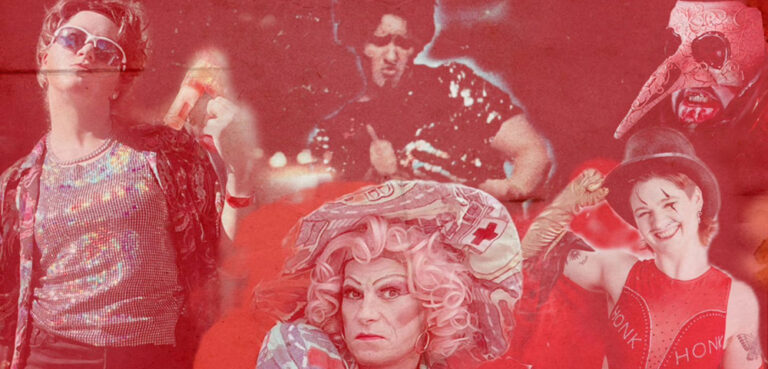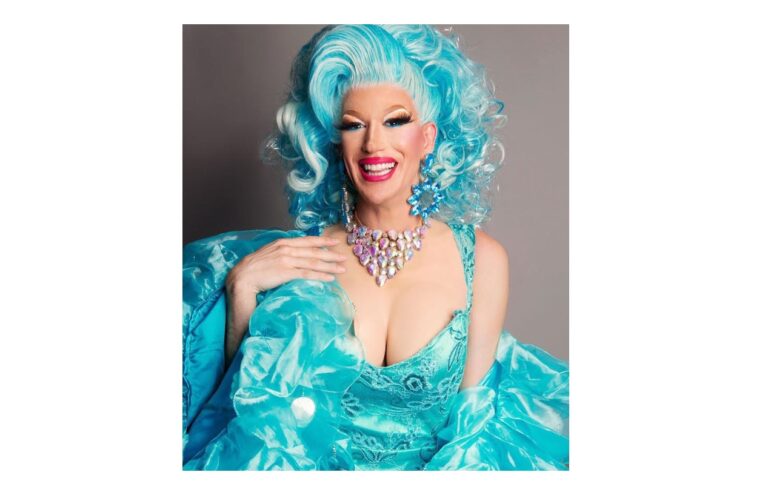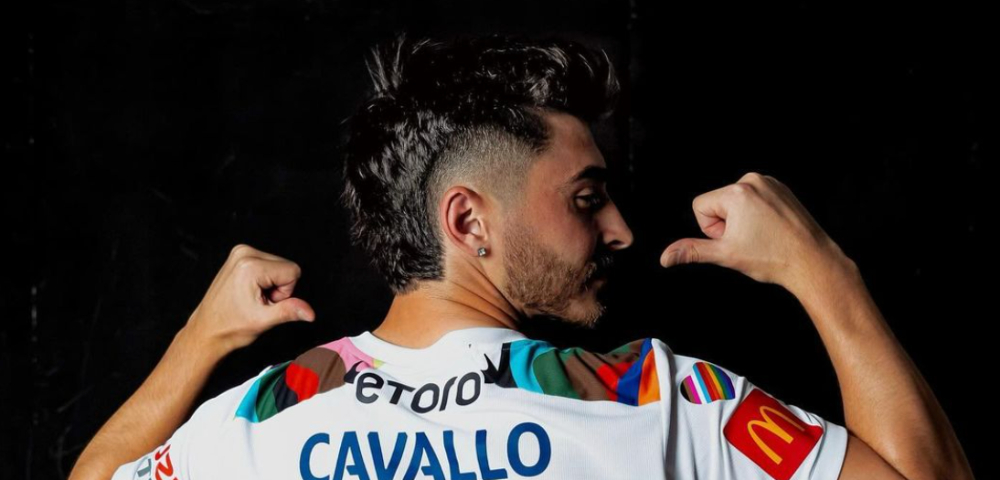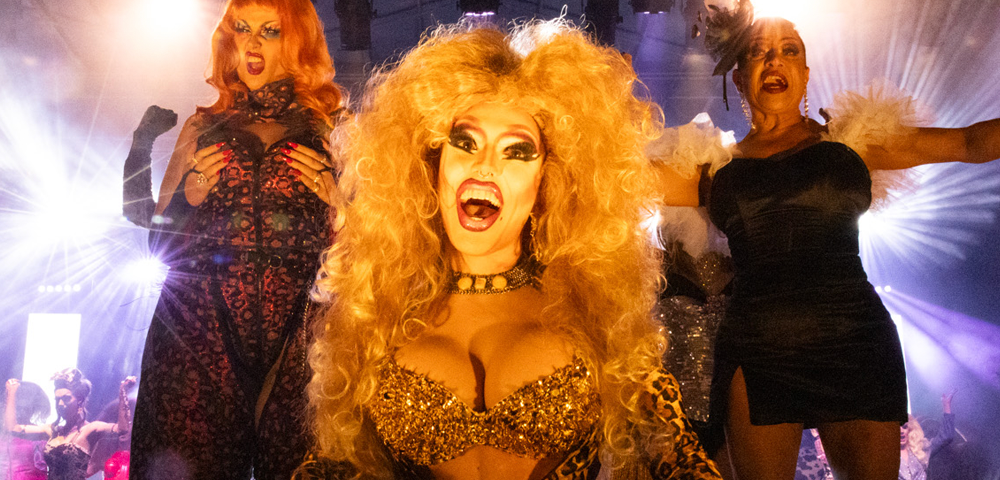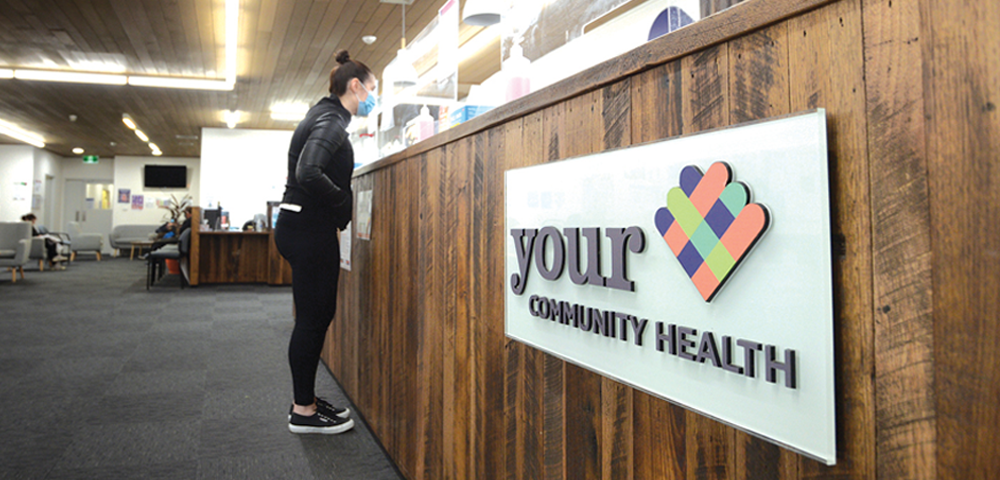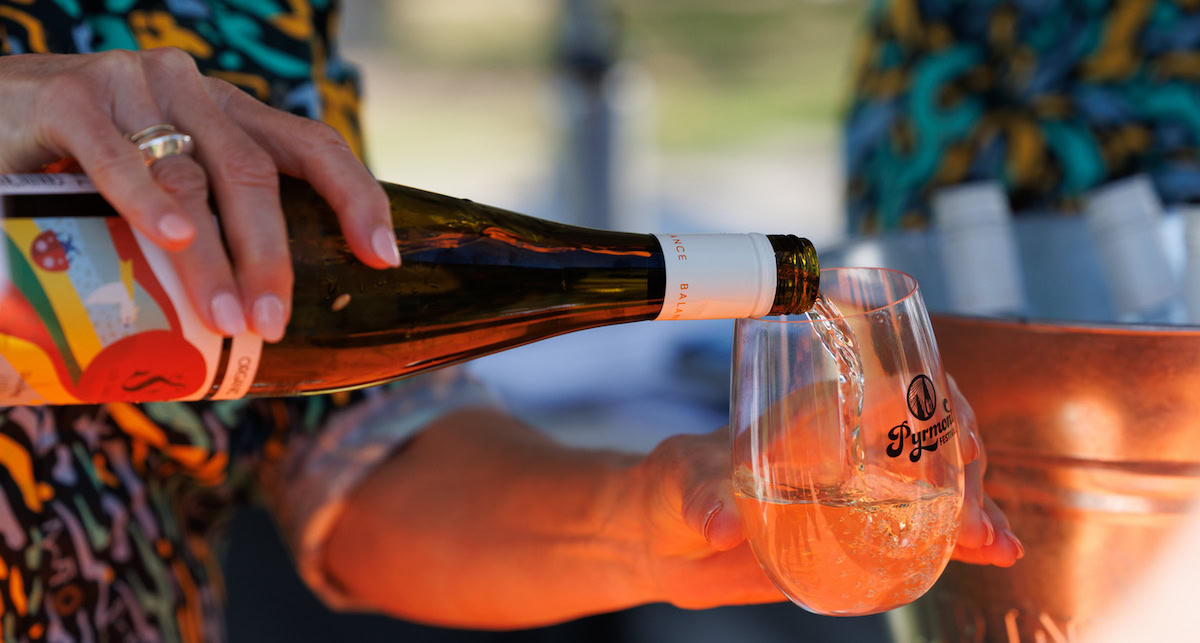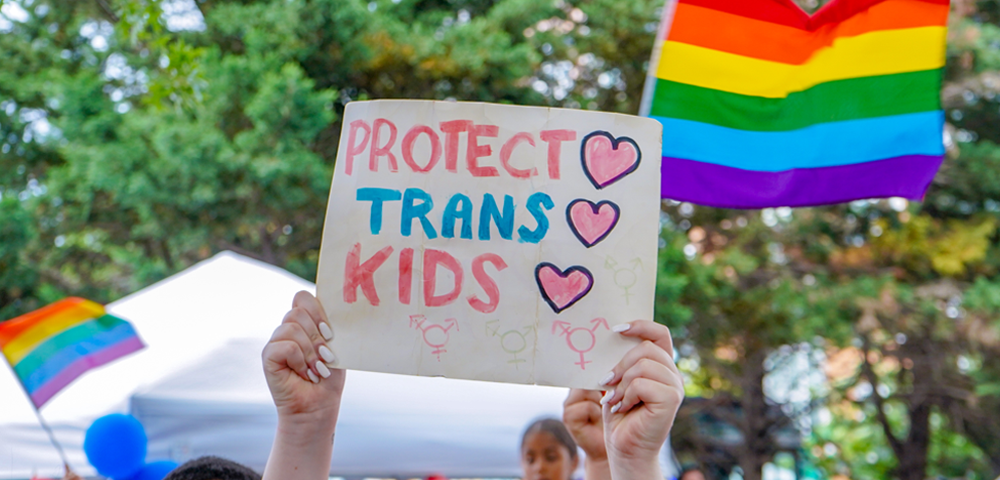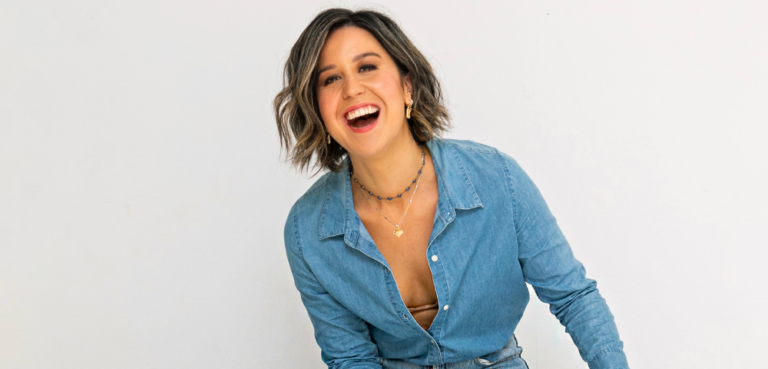
The joy and love of adoption and fostering
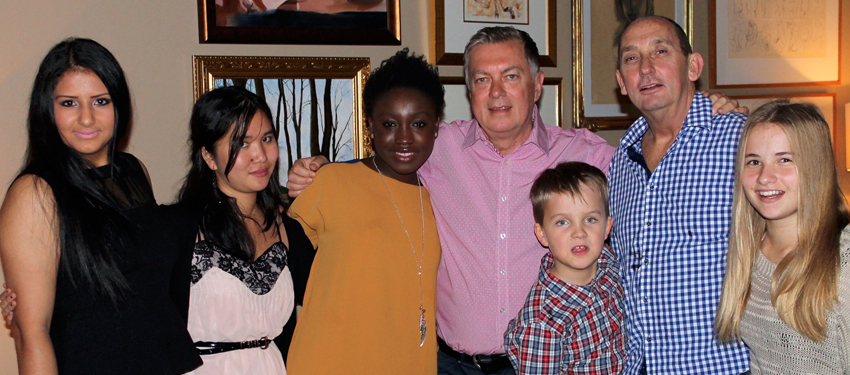
JOHN Guthrie and his partner Dennis Cash have fostered six different teenagers long-term over the past 17-or-so years, as well as fostering the occasional toddler on their way to being adopted.
While the two were content to continue taking in teenagers, the situation changed almost 10 years ago when, at around 16 years of age, the first teen they ever fostered became pregnant.
“Once the baby was born she wasn’t able to care for him, so the [then] Department of Community Services (DOCS) in NSW stepped in and said, ‘the child is going to have to be removed’. We put our hands up and said, well we’ll foster him,” Guthrie said.
“So at six weeks of age, Liam came into our care. Now, at that time we weren’t really intending to adopt a child, we were quite comfortable with fostering adolescents but it kind of grew — we fell in love with this little person.”
At that time, Liam (who’s now almost 10 years old) was in the care of the department, but when legislation changed in 2010 to allow same-sex couples to adopt in NSW, the case was handed to Barnardos Australia — the same child protection charity Guthrie and Cash liaised with to open their home for foster teenagers.
“Within 12 months of Barnardos having the case Liam was adopted. Things moved very quickly,” Guthrie recalled.
“He’s now Liam Guthrie-Cash, which is kind of gorgeous.”
Guthrie acknowledged the way they came to adopt Liam was unusual, but the compassion and care he and his partner have showed all of the children in their care shows just how vital to the lives of children in need same-sex attracted people thinking about becoming carers can be.
Barnardos Australia chief executive Louise Voigt said the organisation is looking to attract more same-sex couples, and that research supports what Barnardos has seen firsthand: same-sex couples make excellent carers.
“Many in the community think only traditional families are quality foster carers or adoptive families, but we know the value of diversity. It’s caring for children that matters,” she said.
Same-sex couples might think of adopting as taking in a very young infant, but Voigt said there are many different types of foster care and what prospective carers need to think about will depend on their reasons for going down that path.
“Someone looking after a child in crisis for a number of months obviously wants to improve the life of a child but is not necessarily looking to permanently add to their family,” she argued.
“With adoption, on the other hand, the primary motivation is to add to their family.
“People involved in permanent foster care of older children or teenagers might have had their own children who are now grown and feel they can offer a child a permanent secure base from which the child can develop.”
She also acknowledged that for many, like Guthrie and his partner, motivations can change over time — a child who arrives for the short-term might end up becoming adopted if the situation changes. As well as adoption and fostering, Voigt explained the needs of children in “concurrent foster care”, and what being a carer for those children would involve.
“They provide care while a child’s future is being decided and if the court then rules that the child cannot return home or be placed in the care of a member of their extended birth family, then those carers could then commence the journey towards permanent care and adopting the child,” she said.
While Guthrie and his partner hadn’t considered the possibility of permanently adopting a very young child, for Wally Murphy and Simon Duffy having kids was always the plan.
“Surrogacy and all that kind of stuff was the only real option at the time for us, but we weren’t financially ready to do that — to go overseas and spend tens of thousands of dollars on making a baby,” Murphy explained.
“We just didn’t know that gay people could foster and adopt.”
In fact, when the couple did eventually foster and then adopt their son Corey through Barnardos, it was right around the time of NSW law changing to allow same-sex couples in the state to adopt — though the law has yet to catch up in Victoria, South Australia, Queensland and the Northern Territory.

Murphy said it can sometimes be a challenging process, for example, maintaining a healthy relationship with Corey’s biological parents, but it’s an important one.
“It’s stressful at first, but then you build a relationship over time with the parents,” he explained.
“We want Corey to grow up and being a young man and not have any judgement because of myself and Simon. We want him to make his own decisions around family… They’re his birth parents, they’re a part of his life, so we just need to support Corey.”
Although there are challenges, for Guthrie and Cash at least, homophobia wasn’t one of them — at least as far as the kids were concerned.
“The children don’t have anxieties about it, but you as a foster carer you do. But today it’s kind of like, ‘oh you’re gay? So what. Where’s dinner?’” Guthrie explained, and told the story of one girl they used to foster.
“This divine, gorgeous girl who’s still in our lives — she was a refugee from Sierra Leone — she went to a private Catholic girls’ school and so there’s Dennis and I as parents going along to meetings, and initially you kind of think, well what are other people thinking?
“As we found out, we were the coolest family of the whole year. All the kids wanted to stay at our place, and invariably, weekends the house was full of teenage girls.”
For more information, call Barnardos Australia on 1800 663 441 or visit barnardos.org.au/wecare
__________________
OTHER STORIES ABOUT RAINBOW FAMILIES:
